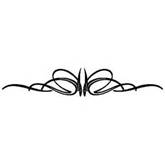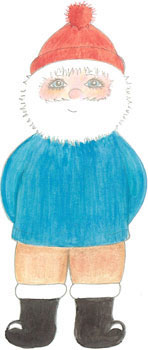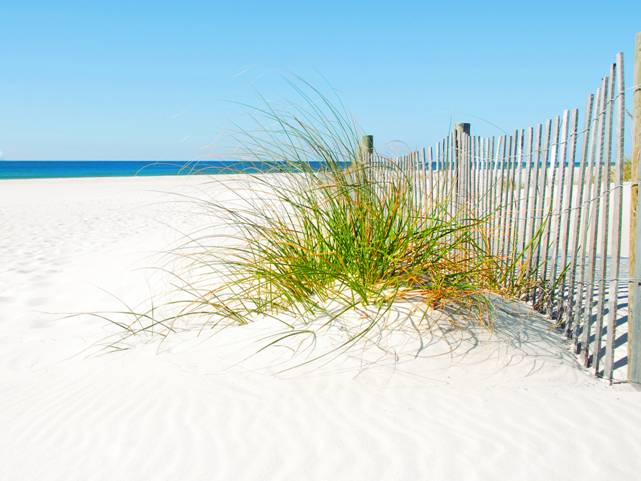
Salty Sam’s Fun Blog for Children
Number 532
Feathers
Hello Everyone
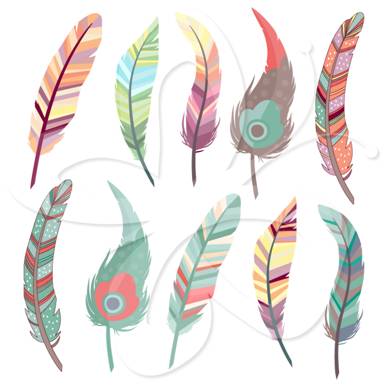
When you go out for a walk in nature, you may well pick up little interesting things along the way like: pretty autumn leaves or shells or feathers.
Feathers can shed off birds like hairs can fall out of our head or fur can moult from our cats and dogs.
Some people even sell them for crafting. Some of the feathers you can buy can be dyed all sorts of different colours.
Some people are terrified of feathers, so you should tease them about it if they are, they can’t help it!
You will know how light feathers are. Birds need them to be light.
Feathers are made of a substance that the body makes called keratin. Keratin is a kind of protein. Our hair and nails are made of keratin. The hooves, claws, shells and horns of animals are also made of keratin.
The centre part of a feather is called a shaft, the flat area each side of a stiff feather is called the vane and the pointed base of the shaft which is where the feather is attached to the bird’s body is called the quill. Flight feathers are sometimes called vaned feathers.
You already know the word vane from weather vane which is an instrument that catches the wind and turns.
Feathers are replaced every year, so birds moult and new feathers grow. This is why you will occasionally find feathers on the ground.
Feathers have long been used by man to make arrows and fishing lures (attracting something) to be put on hooks. And when birds were over-hunted at times to supply feathers for the fashion industry, certain species were threatened with extinction.
Birds are the only animals to have feathers nowadays, but scientists think that there may well have been dinosaurs that walked the Earth which had feathers rather than lizard skin.
And of course birds are dinosaurs.
l have talked to you before about how people used to use feathers to write with. These writing implements were called quills and were taken from birds like crows and swans.
People who wrote with their right hand needed to use feathers from the left wing of the swan – and people who wrote with their left hand needed to use feathers from the right wing of the swan. This is because of the way they curved when they grew. Swan feathers were the most highly-prized for writing and also the most expensive.
Feathers are used nowadays by beekeepers who find them very useful to softly brush bees off frames of honey they lift out of the hive. They would certainly not want to hurt any of their bees.
Many cultures around the world use them as adornments in costumes.
They are used to decorate dream-catchers.
But of course, nobody finds a better use for feathers than birds themselves. ![]()
lf birds are flightless, you will see that their feathers are really soft and fluffy.
But birds that fly have very different feathers. Birds that fly have very stiff flight feathers on their wings and tail to help lift and steer them.
The feathers on their bodies are called contour feathers. They give a sleek contour to the bird to make it more aerodynamic and these feathers also protect the bird from the elements like the damp and the cold.
lf you ever try to hold a feather in your fingers when the wind is blowing, you will notice how much the feather tugs in your fingers. lt is acting like a little sail catching the wind.
Softer feathers next to a bird’s skin are called down feathers. They help to retain body heat as they act as a layer of insulation.
You can see the difference between a flight feather and a down feather in a photograph in the Picture Gallery this week.
ln the cold, birds will fluff their feathers out and this will trap more air between the feathers creating more insulation from the cold air. Feathers in a duvet create warmth in the same way.
lf you dip a down feather in water, you will see how the fluffy part, seems to disappear and only the centre part, the shaft, seems to be left. But when the feather dries out again, it will become fluffy again.
The feathers on top of a bird tend to repel rain drops and water birds like ducks have a lot of natural oils spread on their feathers to help repel water splashes and rain. You can see drops of water on their back sometimes sitting up proud like little balls.
Ducks have oil glands, called preen glands that make oil that the birds can spread over their bodies when they preen themselves with their beaks. Preening is a little bit like us combing our hair.
Some sea birds also have a preen gland. Birds like cormorants who want to dive under water to catch their food do not want to be buoyant, so they don’t have oily, water-repellent feathers. They spend a lot of time perched with their wings outstretched when they want to dry their soaked feathers out.
Have you ever picked up a large flight feather and noticed how the feather can pull apart like a zip pulling apart, but then can be ‘glued’ together again?
This is because the vane is made up of many side branches called barbs linked together with much smaller branches called barbules. These barbules have tiny hooks on them called barbicels. These hooks can attach to each other to keep the barbules hooked up together.
You can pull a feather apart and reform it with your fingers but a bird will put its feathers back in order with its beak. You can see that birds have very flexible necks to enable them to reach most parts of their bodies.
But if a loose feather is sticking out of their tail and they can’t quite reach it, their mate may see they have a problem and help out!
Down feathers do not have barbicels which means they can fluff up.
Some baby birds have different kinds of feathers from adults and these will be replaced as the hatchings grow. Feathers can also be left in the nest by the adult birds to form a warm and soft lining for it. This lining can protect their eggs.
Birds’ feathers can be every colour you can think of. Some are muted colours like greys and browns and some are bright and striking like reds, yellows, blues and greens. Most are coloured by pigments in the bird’s body but a flamingo is pink because of the kind of water creatures it eats.
Male and female birds can have the same plumage or different depending on the species.
lf they have different colour markings this is called sexual dichromism.
Some feathers have an iridescent colour. You will notice this on the wings of ducks in the park. The feathers look like they are shimmering with different colours at the same time – like the surface on a patch of spilled petrol or a soap bubble.
The effect is created by light refracting off the structure of the surface of the feather at different angles.
Duller colours on a bird can act as camouflage to hide it from predators.
Other feathers are very showy and impressive and they help get the bird noticed by a potential mate. You see these kinds of feathers on peacocks and birds of paradise.
Have a look at the birds of paradise in the Picture Gallery and see how stunning they are.
lf you like my blog, please support it by telling all your friends and followers about it.
Thank you!
And see you again next Fun Friday!
Love and kisses
Salty Sam

www.christina-sinclair.com
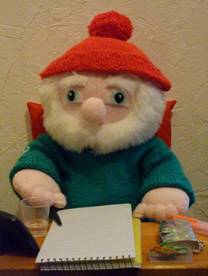
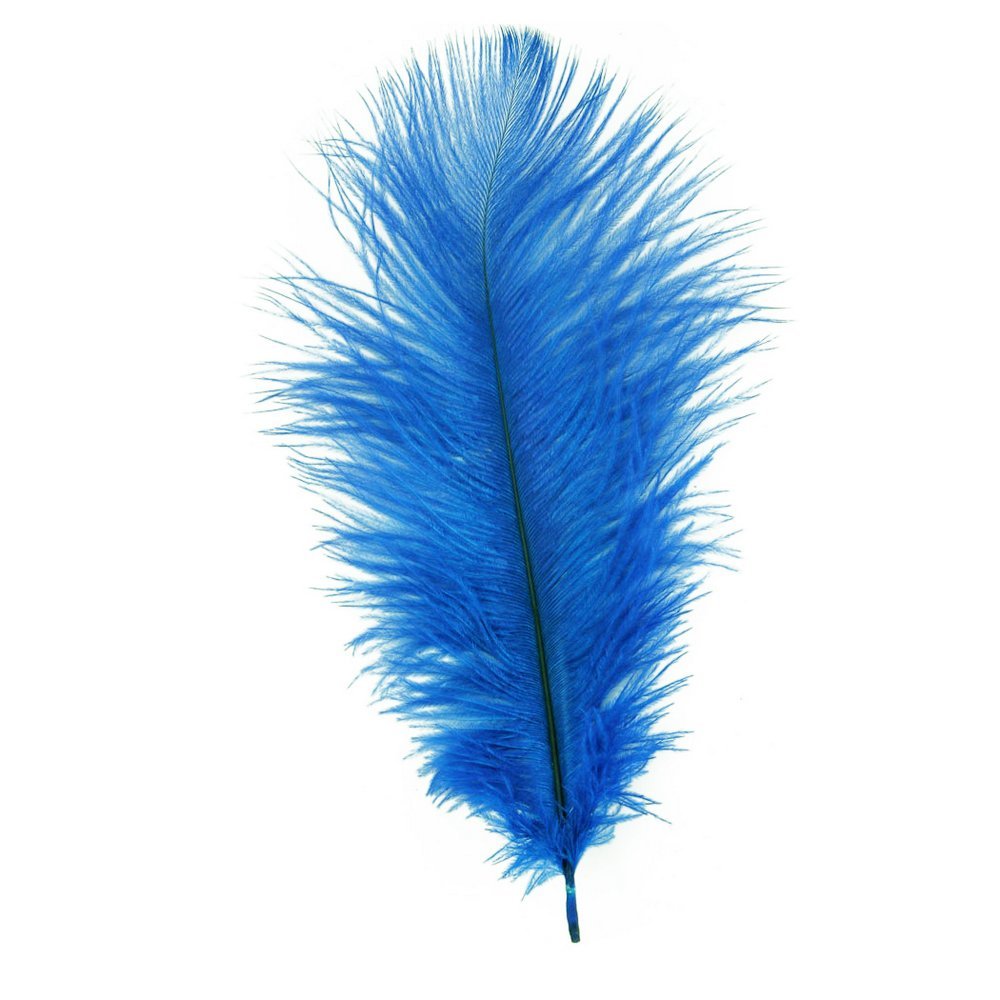
Bill and Bob’s Joke of the Week![]()
![]()
Bill: Do you know which side of a bird has more feathers on?
Bob: Yes, the outside!
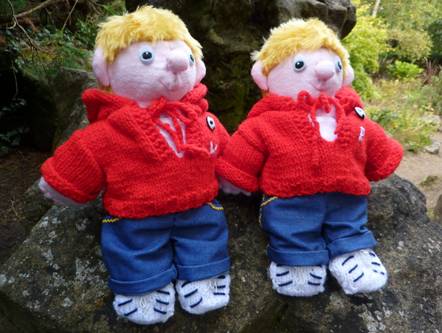
Salty Sam © Christina Sinclair 2015
Unauthorized use and/or duplication of material from this blog without express and written permission from this blog’s author and owner is strictly prohibited.
Links may be used to www.christina-sinclair.com

Picture Gallery

Down feather
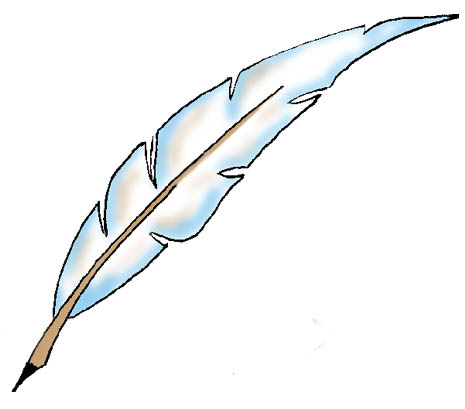 Writing quill
Writing quill
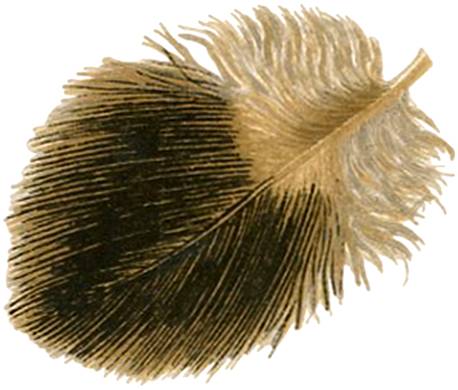
Brown feather
 Peacock feather
Peacock feather
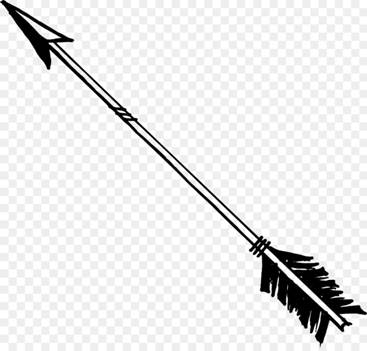 Feathers at the end of an arrow help the arrow to fly straight
Feathers at the end of an arrow help the arrow to fly straight

 Dream catcher
Dream catcher
 You can see how a nightjar can be camouflaged
You can see how a nightjar can be camouflaged
Amongst dead leaves under bracken on a heath
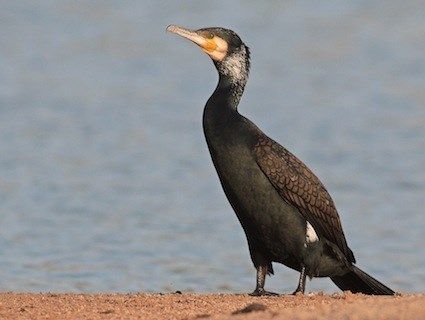 Cormorant
Cormorant
 Peacock
Peacock

Peacock
 Humming bird feathers are iridescent
Humming bird feathers are iridescent
They reflect the light
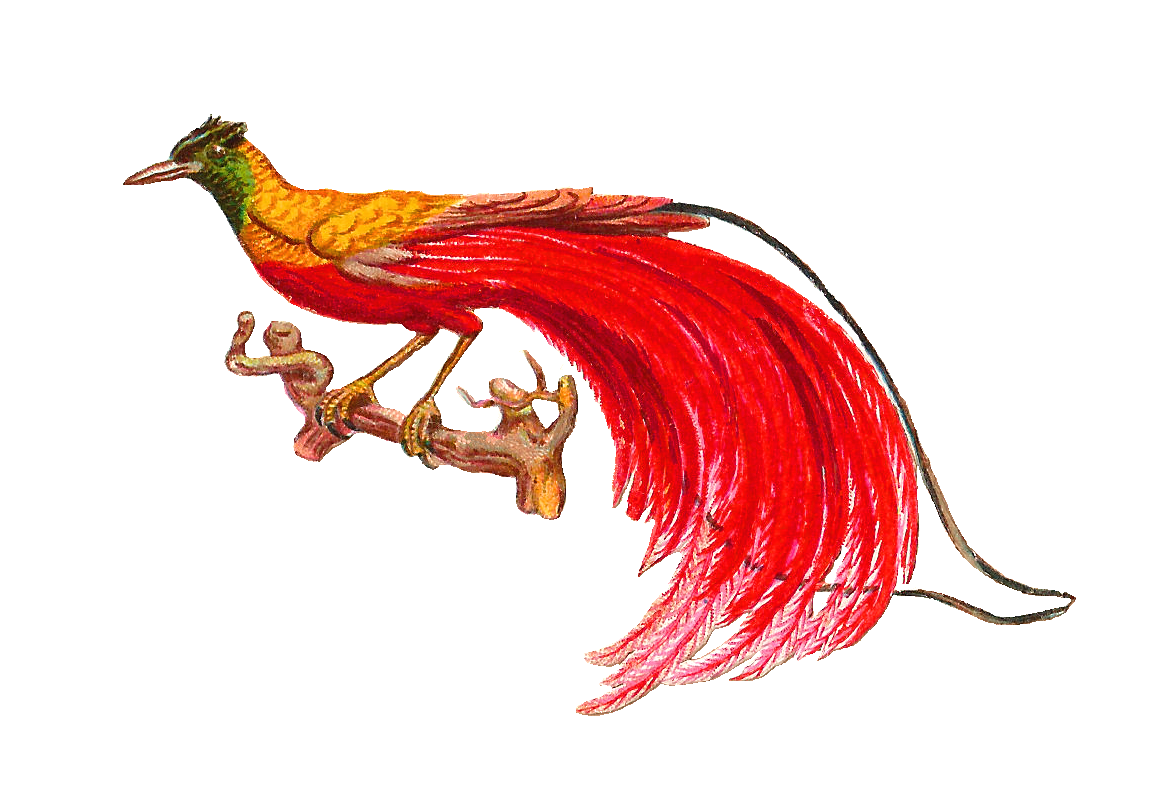 Birds of paradise
Birds of paradise
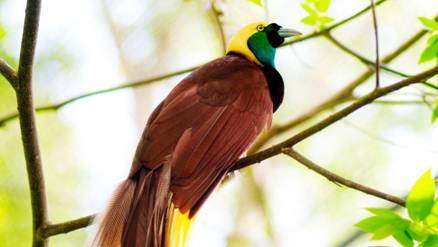

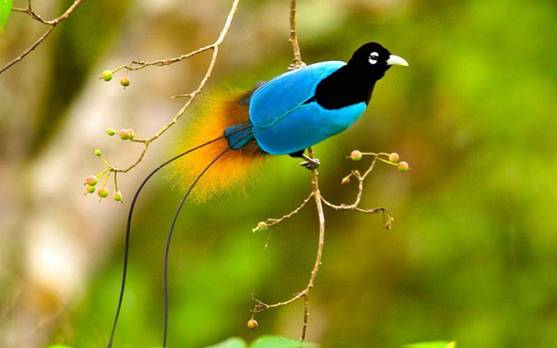
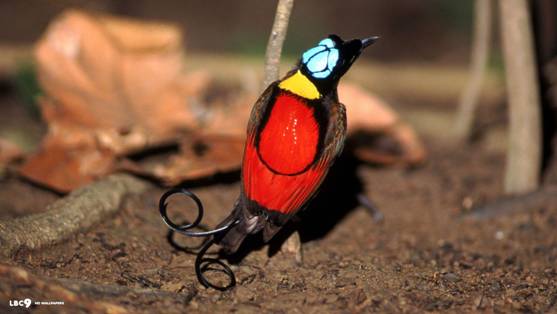
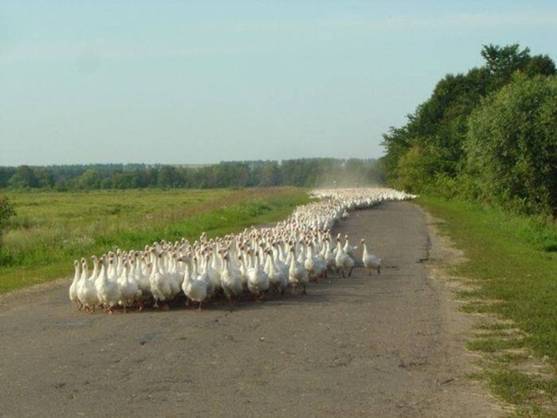 A flock of geese
A flock of geese
 An owl has soft feathers so that it can fly quietly as it looks for prey
An owl has soft feathers so that it can fly quietly as it looks for prey
Rainy nights are not good for hunting because the soft feathers get too soggy
 Flight feather and down feather
Flight feather and down feather


 THE SALTY SAM NEWS DESK
THE SALTY SAM NEWS DESK

Three weeks ago, I told you about how I put some signs up in the Rocky Bay Woods so that people could wander into there and not get lost.
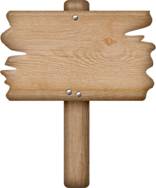
This week, Captain Jack and I went into the Rocky Bay Woods again to do another very important project. We went to build a very important structure. It wasn’t very big, but it was very important. We even put a little stove in it to keep people warm. It can get very cold when you sit down for a long time and dare not move for rear of disturbing and frightening off what you have been waiting ages to see. Spring nights can be chilly and we wanted to use the hide straight away. There is a bench inside too, but I do advise you to bring your own cushion if you ever intend to come along and sit in there for any length of time!
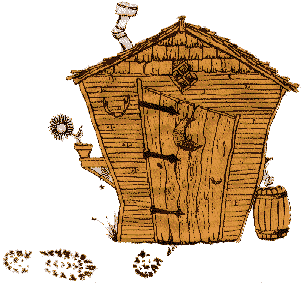
We built a little hide for about three people to sit in so that they could watch badgers in the late evening when they started to come out to forage. After clearing some of the forest floor, there was room to build one. There were so many people wanting to use it, we had to create a sitting in the badger hide timetable to give everyone a chance to come!

Are you a budding naturalist?
Do you know what these words mean?
nocturnal
snout
dorsal
alpha male
melanin
coat
moult
feral
indigenous/native
introduced species
invasive species
bio-security
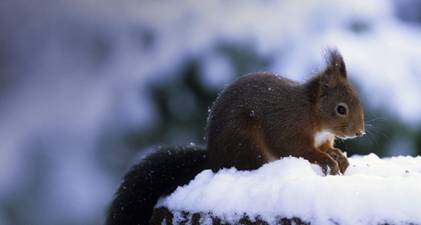
Native species – a red squirrel
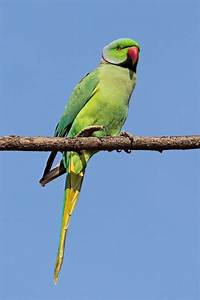
A non-native species – a rose-ringed parakeet

*********************
TO ADVERTISE ON THIS BLOG
PLEASE CONTACT:
christina.sinclair.ads@aol.co.uk
*********************

 Quick Quiz
Quick Quiz
Can you identify these birds?
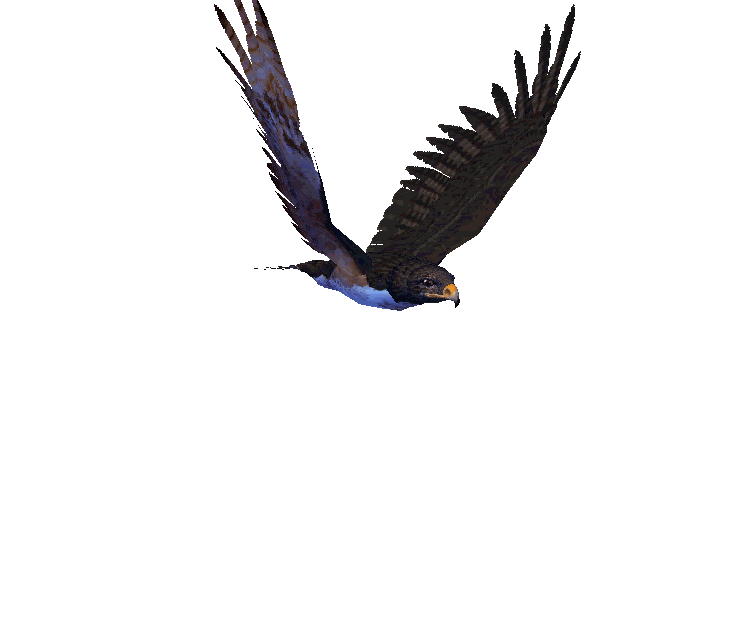
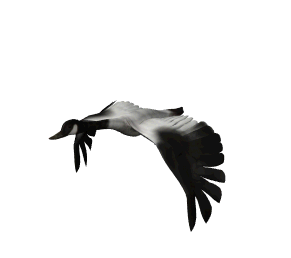
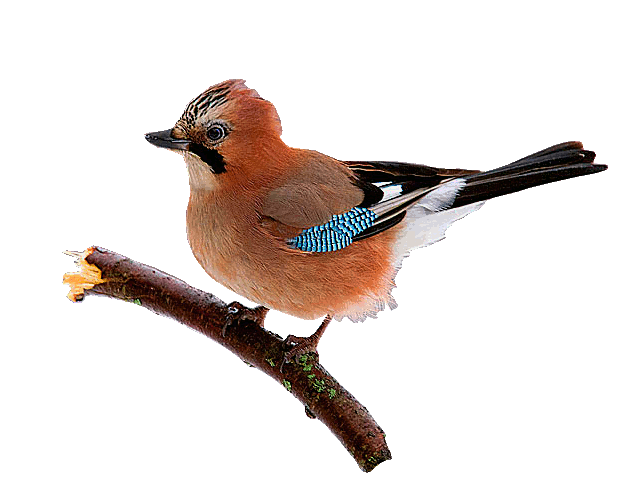
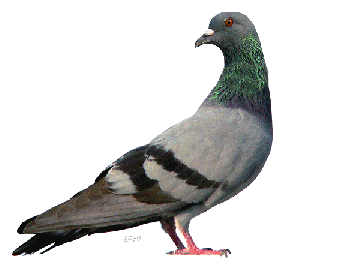
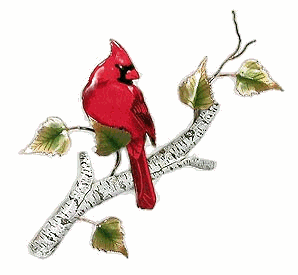
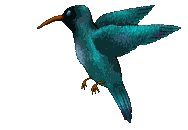

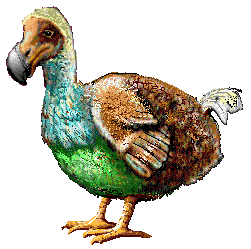
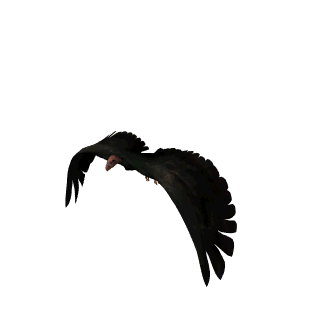
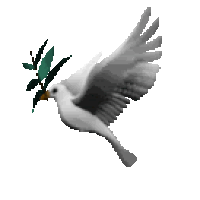
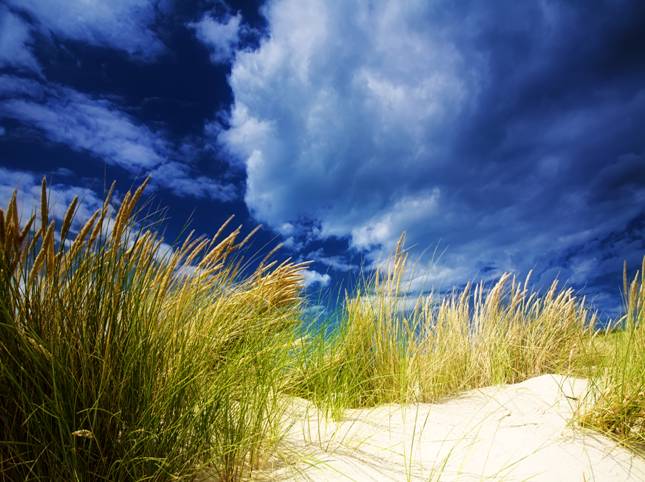


lt’s the Weekend!
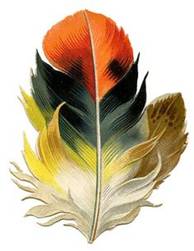
HOW TO MAKE A SUNGLASSES CASE AND MAKE-UP BAG
If you like knitting presents for people, this glasses case and make-up bag match with the hat on Blog Post 516.
The set would be perfect to take on a skiing holiday.
The glasses case is big enough for sunglasses and a polishing cloth and the other bag can hold a few little useful bits and pieces.
(Moss stitch is slip 1, (knit 1, purl 1) repeat the last 2 stitches to the end of the row)
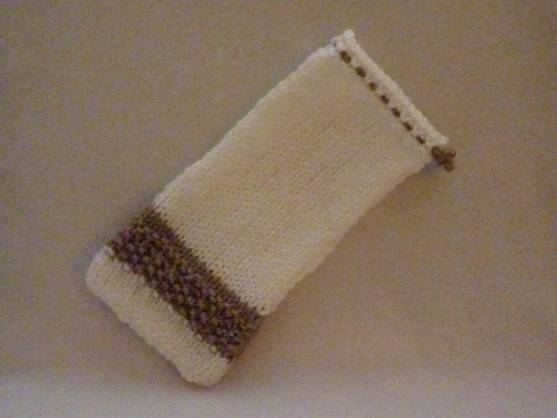

ADULT
SUNGLASSES CASE (KNIT TWO)
Using 4mm knitting needles and white dk yarn cast on 23 stitches
Knit 6 rows of stocking stitch
Change to brown dk yarn
Knit 6 rows of moss stitch
Knit 2 rows of garter stitch
Knit 2 rows of stocking stitch
Change to white yarn
Knit 34 rows of stocking stitch
Knit 2 rows of garter stitch
Cast off
Crochet 60 chains into a length of brown yarn to make the cord to thread into the top channel
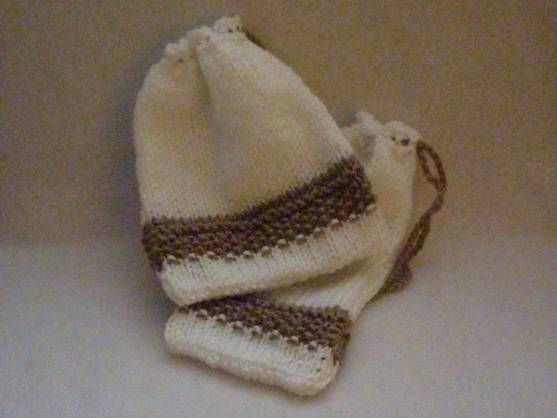
SMALL CHILD
SUNGLASSES CASE (KNIT TWO)
Using 4mm knitting needles and white dk yarn cast on 17 stitches
Knit 6 rows of stocking stitch
Change to brown dk yarn
Knit 6 rows of moss stitch
Knit 2 rows of garter stitch
Knit 2 rows of stocking stitch
Change to white yarn
Knit 26 rows of stocking stitch
Knit 2 rows of garter stitch
Cast off
Crochet 55 chains into a length of brown yarn to make the cord to thread into the top channel
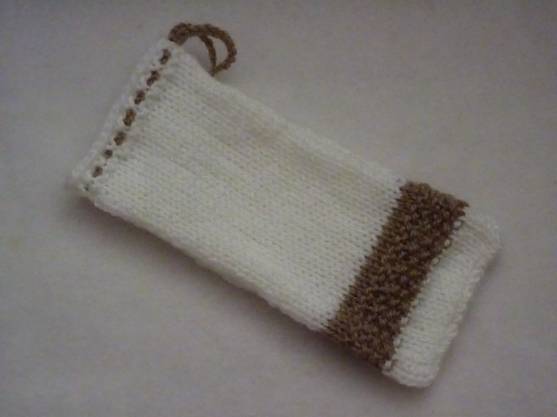

MAKE-UP BAG (KNIT TWO)
Using 4mm knitting needles and white dk yarn cast on 27 stitches
Knit 6 rows of stocking stitch
Change to brown dk yarn
Knit 6 rows of moss stitch
Knit 2 rows of garter stitch
Knit 2 rows of stocking stitch
Change to white yarn
Knit 24 rows of stocking stitch
Knit 2 rows of garter stitch
Cast off
Crochet 80 chains into a length of brown yarn to make the cord to thread into the top channel
TO MAKE UP
- Sew the bottom and side seams with right sides together using over-sew stitching
- Turn right side out and thread the cord into the top channel very carefully because the cord is a contrasting colour to the bag and if this is not dome neatly it will show
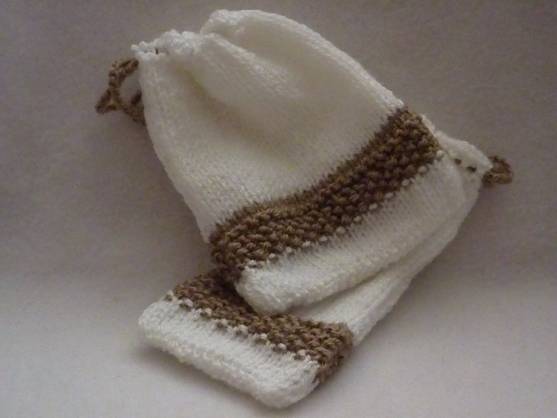
Please note that the material on this blog is for personal use and for use in classrooms only.
It is a copyright infringement and, therefore, illegal under international law to sell items made with these patterns.
Use of the toys and projects is at your own risk.
©Christina Sinclair Designs 2015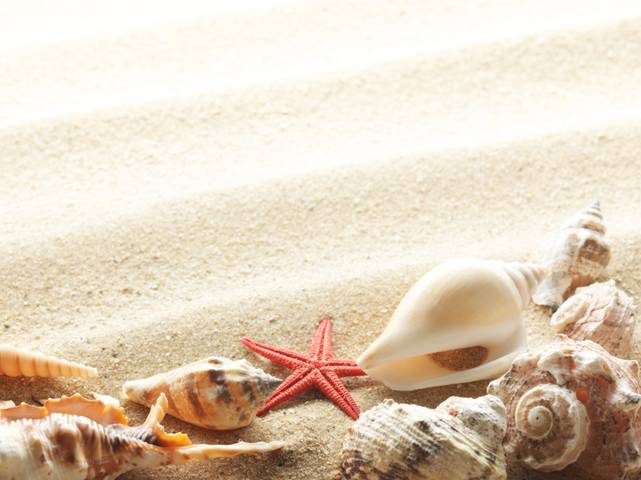

Answers to the News Desk Quiz
- Nocturnal – an animal is active at night
- Snout – nose
- Dorsal – back part of an animal or part of an animal
- Alpha male – the most dominant male in a group of animals – like a boss
- Melanin – the pigment in skin that gives it colour
- Coat – fur
- Moult – shed fur, or in the case of something like a snake, a skin
- Feral – an animal that is normally domesticated that is living in the wild like stray cats or maybe goats or wallabies
- Indigenous/native – an original species in an area
- Introduced species – people have let a group of animals loose into the wild
- Invasive species – a species that slipped into an area by mistake, can be plants or animals – like the grey squirrel that has competed for food with the native red squirrel and driven them out of most of the country
- biosecurity – putting plants in quarantine so that they do not bring pests and diseases into the country
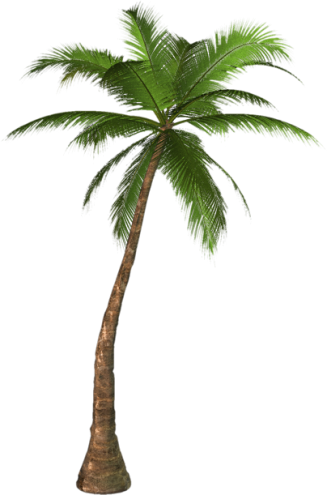


Quick Quiz Answers
Eagle
Goose
Jay
Pigeon
Cardinal
Humming bird
Robin
Dodo
Vulture
Dove of peace
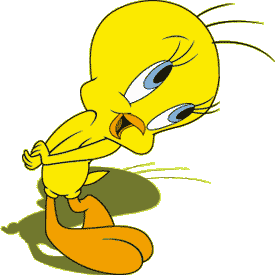
Tweety Pie
is a canary
